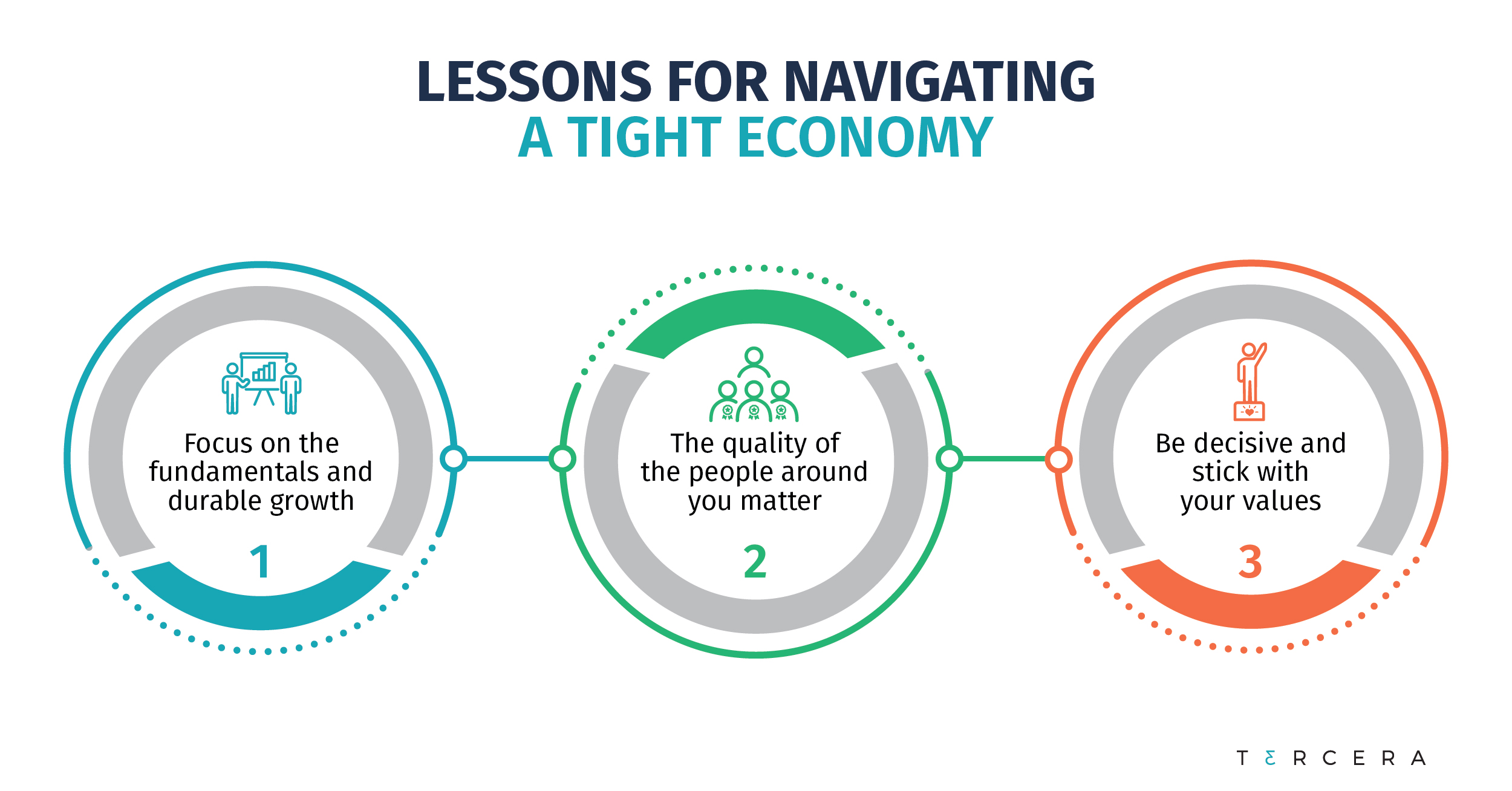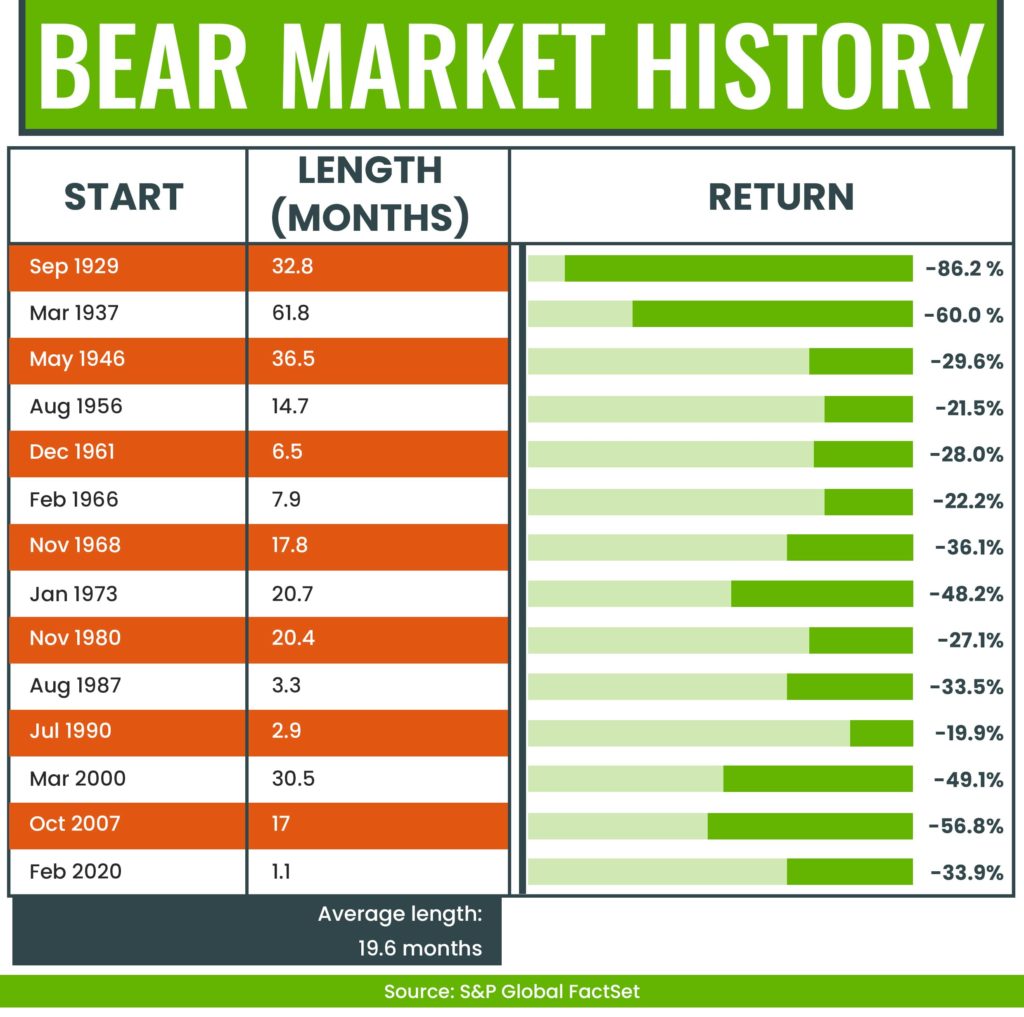Today, we’re excited to announce a $25 million minority investment in Black Diamond Advisory, a global advisory firm that specializes in OneStream Software and digital finance transformation. You can check out the full announcement here.
This is Tercera’s seventh investment in our inaugural fund, and our third new investment in the past three months. We take our “third” wave thesis seriously!
If you don’t follow the Corporate Performance Management (CPM) market closely, you may not be familiar with the name Black Diamond Advisory, or even OneStream. However, if you are a CFO looking to more effectively manage and optimize company-wide performance, both names are likely top of mind.
Today’s CFO sits at the nexus of data flow from every system of record within an enterprise, making them an invaluable partner not just to the CEO, but other functional leaders as well. However, to provide forward-looking financial and operational insights and not just rear-view mirror reporting, CFOs need a platform that brings this data together and collates it in a way that facilitates strategic decision making. More and more CFOs are choosing OneStream as their unified, cloud-first CPM platform to do just this, and they are choosing Black Diamond as their global partner. This is why we’re so excited about this space, and these companies.
Why OneStream?
Fifteen years ago, Oracle acquired Hyperion. Over the ensuing years, Oracle added more products to Hyperion and customers have been left to assemble the pieces. OneStream’s founders — Tom Shea, Bob Powers and Craig Colby — developed many of these core Hyperion products and are deeply familiar with the challenges this fragmentation presents for customers. OneStream’s founders saw an opportunity to combine all these tools into one unified, extensible platform providing a single source of truth for finance and operations. Hence the name: OneStream.
Since OneStream was founded in 2012, it has rapidly gained mind and wallet share both from legacy CPM vendors (Oracle, SAP, and IBM) and point solutions like Anaplan, and BlackLine. As of June 2022, OneStream reported more than 1,000 customers and surpassed $250M in ARR, growing 60%+ year-over-year.
Tercera bets on the best ISV within each market we invest in. The best is not always the biggest today, but as future-oriented investors, what matters is who will remain the best and become the biggest vendor of tomorrow. Within the Tercera 30, OneStream was named as one of our Market Challengers — 10 high growth, privately held cloud ISVs that are grabbing market share and outsized attention from enterprise customers, partners and investors. Today’s market challengers are poised to become tomorrow’s market leaders.
Why Black Diamond Advisory?
Much of what makes OneStream special we have also found within Black Diamond Advisory – repeat founders with deep domain expertise that attract top talent, strong business fundamentals, and relentless focus on customer success – to name a few.
The Team. Black Diamond Advisory has a world-class team. The founders are CPM experts who held leadership roles at Edgewater Ranzal and MarketSphere Consulting, the dominant systems integrators of the Hyperion era. They’ve taken the lessons learned from their previous firms and Oracle Hyperion, and attracted the top experts and thought leaders within the CPM ecosystem. Great begets great, and Black Diamond Advisory’s breakneck headcount growth and best-in-class retention prove that its relentless focus on team matters.
The Fundamentals. In less than three years, the Company built an engine that is firing on all cylinders. Black Diamond Advisory has a strong partnership with OneStream, grew revenue 170%+ YoY while maintaining mid-double digit profitability and serves a diverse enterprise customer base. The company now operates across three continents (North America, Europe, and Australia) and anticipates ending the year with more than 100 employees.
The Focus. Since inception, Black Diamond Advisory has exclusively partnered with OneStream and is fully aligned with OneStream’s mission to deliver 100% Customer Success on the OneStream platform. Black Diamond Advisory has the technical, functional, and advisory expertise to enable OneStream to transform the office of the CFO and empower the enterprise with critical financial and operational insights to make the right strategic decisions. Black Diamond Advisory’s focus on product development on the OneStream platform helps customers extend the value of OneStream even further. Black Diamond Advisory is committed to redefining corporate performance management alongside OneStream and recently won OneStream’s 2022 Partner Innovation Award.
As Craig Colby, President of OneStream, puts it in the press release, “Black Diamond’s in-depth knowledge of OneStream’s Intelligent Finance platform combined with their mix of business, technical and industry expertise, has quickly made them one of our top partners. The Black Diamond team is committed to customer success and understanding what finance and operations teams are looking for in a trusted advisor.”
What’s next?
With this investment, Black Diamond Advisory will continue to build out its team of industry, functional and technical experts, and expand its advisory services for the office of the CFO and broaden its reach across global markets. The investment will also be used to continue developing innovative solutions that enhance the OneStream platform and marketplace.
To learn more about what makes Black Diamond Advisory special, check out the Q&A with Black Diamond Advisory CEO, Randy Werder.



